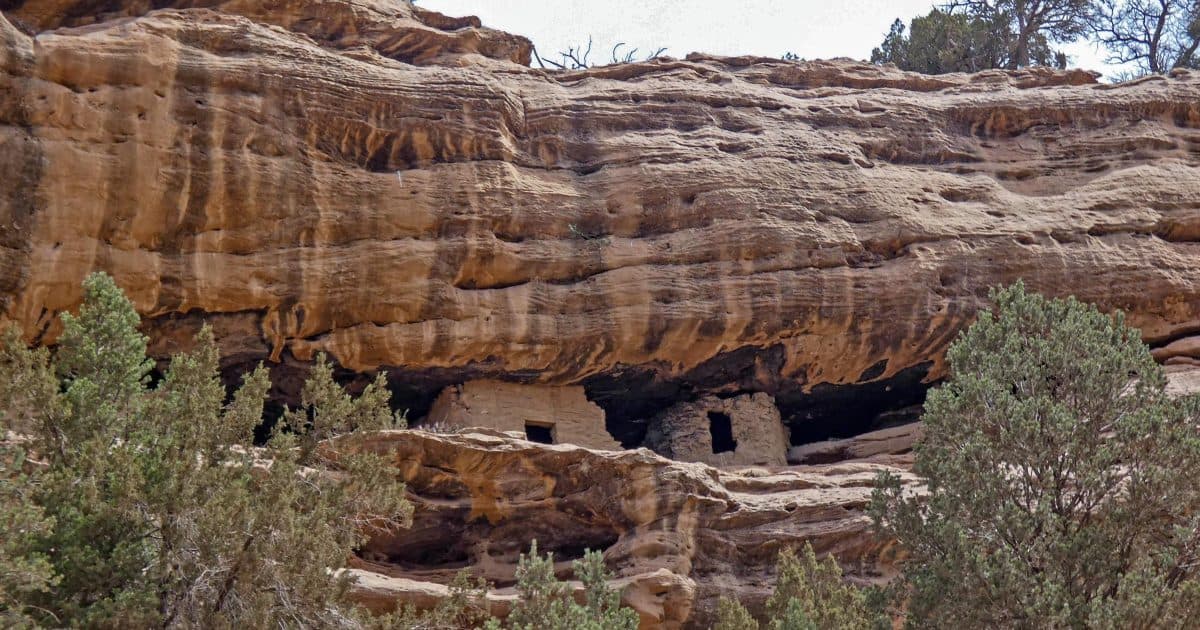Gallup Native Honored at National Museum, Legacy Linked to Community
The National Medal of Honor Museum in Arlington, Texas has highlighted an exhibit focused on Hiroshi "Hershey" Miyamura, the Gallup native who received the Medal of Honor for his service in the Korean War. The display connects Miyamura's wartime actions, his return to Gallup and long record of community service with local memorials and a national audience, a development with implications for civic memory and local public policy.
Listen to Article
Click play to generate audio

The National Medal of Honor Museum's pressroom recently promoted an exhibit titled "Beyond the Medal: The Enduring Legacy of Hiroshi 'Hershey' Miyamura." The exhibit presents the story of Miyamura, a Gallup native and Medal of Honor recipient, tracing his wartime actions, his return to Gallup, his community service, and the local honors that commemorate him, including the Miyamura Overpass. The museum's collection includes personal mementos and the Medal of Honor itself, a connection that local coverage summarized in the Gallup Sun on November 11, 2025 has emphasized.
Miyamura's tale is central to Gallup's civic identity. His service in Korea and subsequent life in Gallup have been memorialized in physical markers across the county and in public ceremonies. The museum exhibit frames those local remembrances within a broader national narrative, bringing Gallup's story to a museum audience in Arlington. That linkage reinforces the town's historical significance while raising questions about how that legacy is preserved and promoted by public institutions.
For residents, the exhibit matters on several practical levels. It provides an educational resource that schools and civic groups can use to teach about military service, local history and the responsibilities of citizenship. It also presents potential economic and reputational benefits if the association with a national museum attracts visitors or media attention. Local memorials such as the Miyamura Overpass serve as daily reminders of a shared past, and the national display can amplify their role in civic life.
The museum spotlight also invites institutional scrutiny and policy discussion. Local officials and civic leaders may need to consider how municipal and county resources support veterans services, historical preservation and tourism infrastructure. Decisions about funding for markers, signage, educational programming and roadway maintenance have budgetary and democratic implications. Transparency about how honors are chosen and financed, and inclusive community engagement in those decisions, will help ensure that recognition reflects broad public interest rather than narrow priorities.
Gallup's civic organizations, schools and government bodies have an opportunity to translate this national recognition into local benefits. Collaboration with the museum could yield traveling exhibits, school partnerships or shared programming that bring artifacts and stories home. At the same time, elected officials should be prepared to account for public expenditures tied to commemoration and to invite community voices into planning processes.
The museum exhibit cements Hiroshi Miyamura's place in both local memory and national history. As Gallup absorbs that recognition, residents and leaders alike will face choices about how to honor his legacy in ways that are educational, equitable and transparent.


